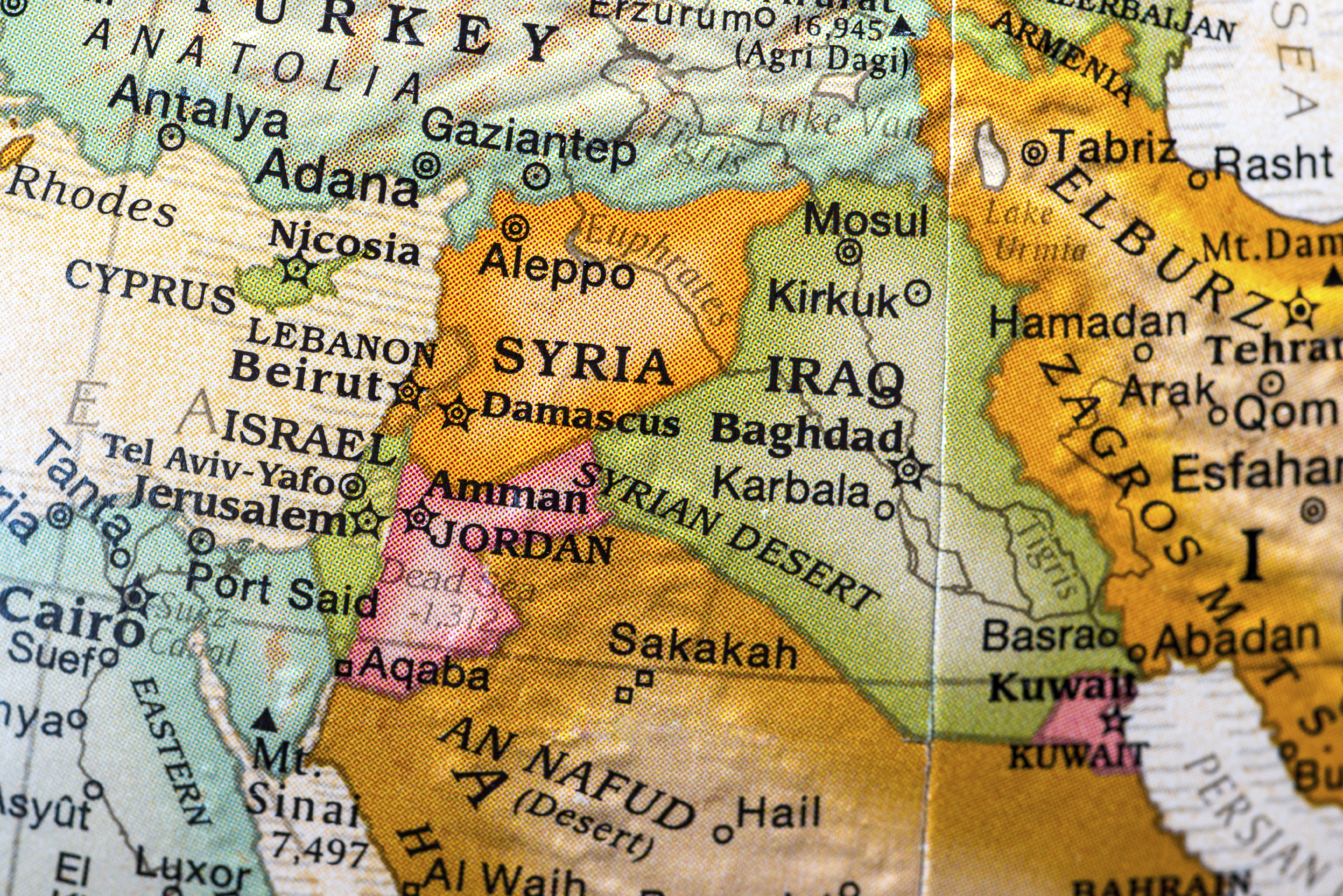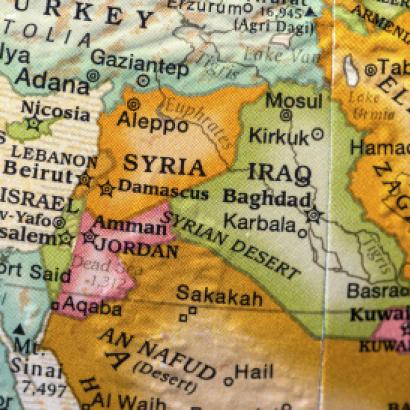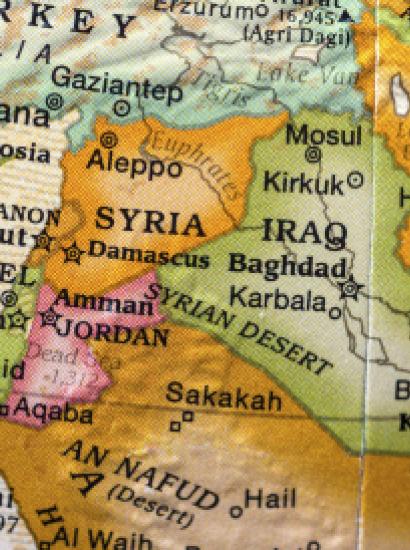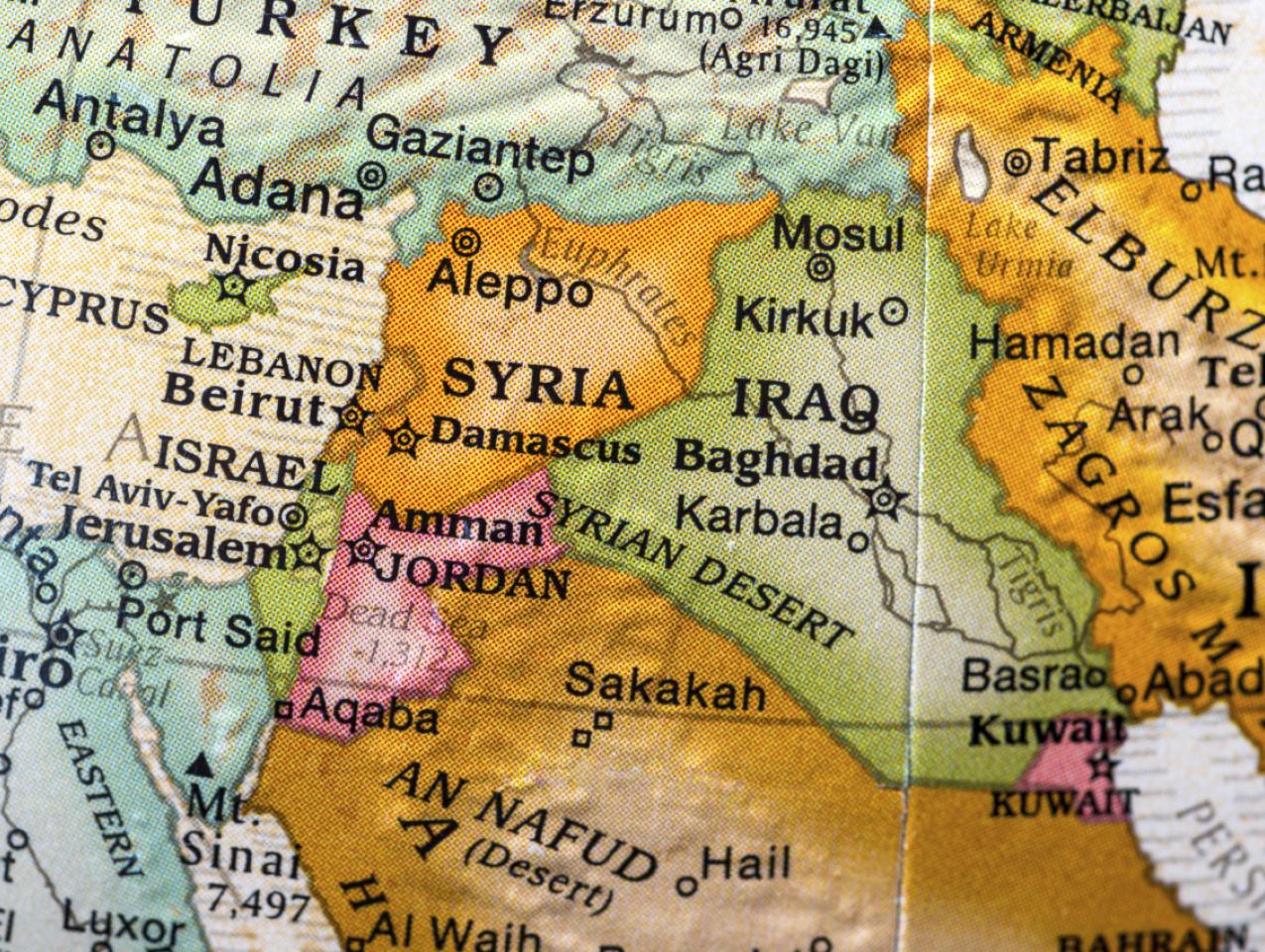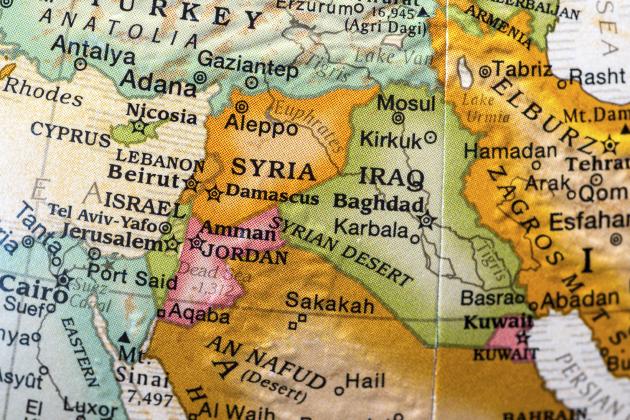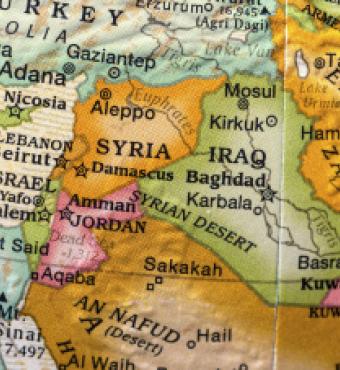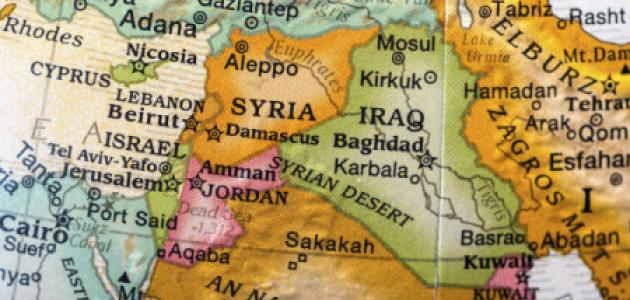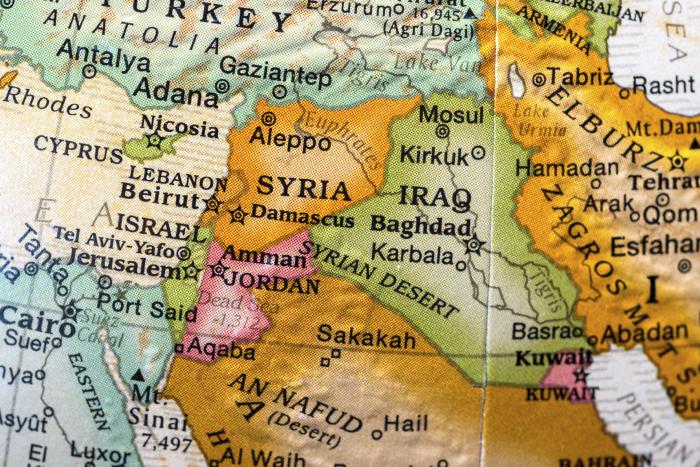By Kate Tietzen
Scholars such as Joseph Sassoon, Aaron Faust, Lisa Blaydes, Samuel Helfont, and Dina Rizk Khoury have all paved the way for doctoral students such as myself with their books and research derived from the Hizb al-Ba’ath al-'Arabī al-Ishtirākī, or the Ba’ath Arab Socialist Party of Iraq, collection housed within the Hoover Archives. Their works, respectively, examine topics ranging from the development of the Iraqi Ba’athist party, the state’s domestic control apparatus, the role of religion, and conflict memorialization. By also using this collection of documents, I am seeking to expand on both the usage of this archive and the historiography of Iraq by providing the Iraqi point of view of its foreign policy strategy and objectives during the Cold War.
My dissertation, tentatively titled “Iraq in the Cold War and Beyond the Fall of the Soviet Union, 1968–2003,” analyzes the formation, development, and continuation of the Soviet-Iraqi military and diplomatic relationship. I argue this relationship was neither one-sided nor heavily in favor of the Soviets, but was rather fluid and dynamic, creating much frustration for the Soviets. In addition, the Cold War dynamic between the Soviets and the Iraqis did not cease with the fall of the U.S.S.R. in 1991; instead, the relationship was only renewed and even strengthened as the Americans assumed hegemonic status. With these Iraqi documents, this dissertation seeks to reveal how the political, diplomatic, and military conditions created in the Cold War did not simply cease after 1991. Therefore, the historical legacies and consequences of the Soviet-Iraqi military and diplomatic relationship can help inform scholars, policymakers, and contemporaries about the Middle East today.
Within the Ba’ath Party collection, I utilized three data subsets: the Ba’ath Regional Command Collection (BRCC), the North Iraq Dataset (NIDS), and the Kuwaiti Dataset (KDS). The BRCC showed the continued importance and role of Russian-based education, both for those within the Iraqi scientific community and the military apparatus; the collection also generally demonstrates the high emphasis the Ba’athists placed on foreign education. Those educated abroad, and in the Soviet Union in particular, were seen as both potential cultural and intelligence assets. Connections these students developed helped Iraqi political and diplomatic interests permeate into Russian political and military circles, especially around the fall of the Soviet Union and in the aftermath of the First Gulf War (August 1990–February 1991). And yet, in some cases, these students, and even ambassadors, became political liabilities, occasionally complicating foreign relations between the Soviets and Iraqis. Interestingly, documents within the BRCC also display the importance and power within the various Iraqi embassies abroad, in that embassy staff and ambassadors were able to shape and alter various policy initiatives coming from Baghdad; they were also able to maintain sophisticated security controls and networks operating within their areas of influence.
The KDS illustrates the importance of Soviet hardware and technology, with Iraqi soldiers relying on early 1980s Soviet technical manuals and instruction even throughout the First Gulf War. As in the BRCC, the NIDS demonstrated the complicated relationship between the Soviets and Iraqis, which also entailed the involvement of other nations, including China, North Korea, Germany, and even Argentina. Soviet ambivalence—in that they tried to play on both sides of the fence—towards Iraq is evidenced by Iraqi intelligence ascertaining Soviet action and assistance on behalf of Iran during the Iran-Iraq War. Needless to say, the Iraqis were none too pleased with their “client” partners’ double game. My research picked up similar instances in the BRCC where the Syrians and Soviets were working together, much to the anger and frustration of the Iraqis, given the Syrian-Iraqi rivalry. This is something my dissertation will explore more in depth, in that during the Cold War, tensions did not merely exist between the superpowers, but between the superpowers and their clients as well. The Iraqis were well aware of their client status, but this status did not prevent them from capitalizing on their relationship. The superpowers, in this case the Soviets, not only had to delicately balance multiple client states, but they also had to wrangle with long standing rivalries between their very own clients.
As the Ba’ath Party collection serves as the bulk of my dissertation research, I would like to thank the Hoover Institution for granting me a Silas Palmer Fellowship—this opportunity provided me the time and financial assistance to conduct long term research at Hoover. In addition, I would like to especially thank Haedar Raad Hadi for all his guidance and support. His knowledge of the innerworkings of the metadata helped me narrow down my searches and research material tremendously. Special thanks also goes out to the entire Hoover Archives reading room staff, all of whom were extremely helpful with any technical difficulties—most of which were caused by my own actions—and any other issues they assisted me with. The occasional coffee and snack hours were fantastic morale boosters during long days of archival research.
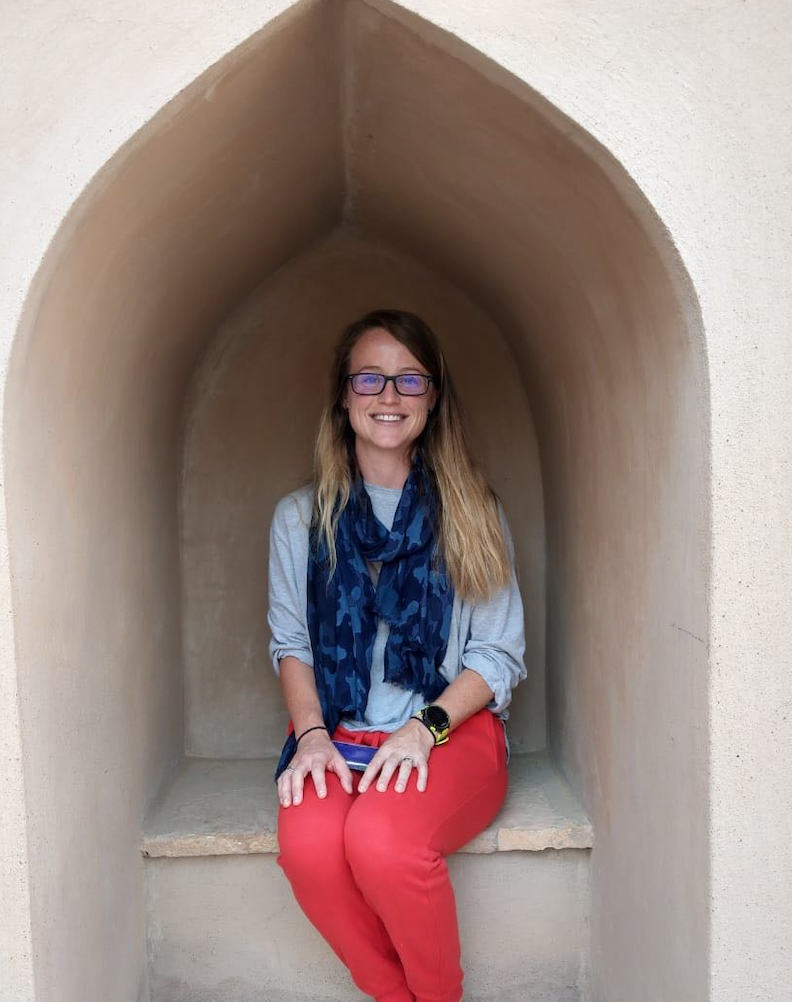
Kate Tietzen
PhD candidate in Military History at Kanas State University
Kate Tietzen is a PhD candidate in Military History at Kanas State University. Her dissertation explores the Iraqi-Soviet relationship in the Cold War, analyzing this dynamic through the Iraqi point of view by using Ba’athist regime documents housed in the United States. She seeks to demonstrate the complexity of the Cold War in the Middle East, and to draw out the legacies of this relationship in the post-Cold War era.




